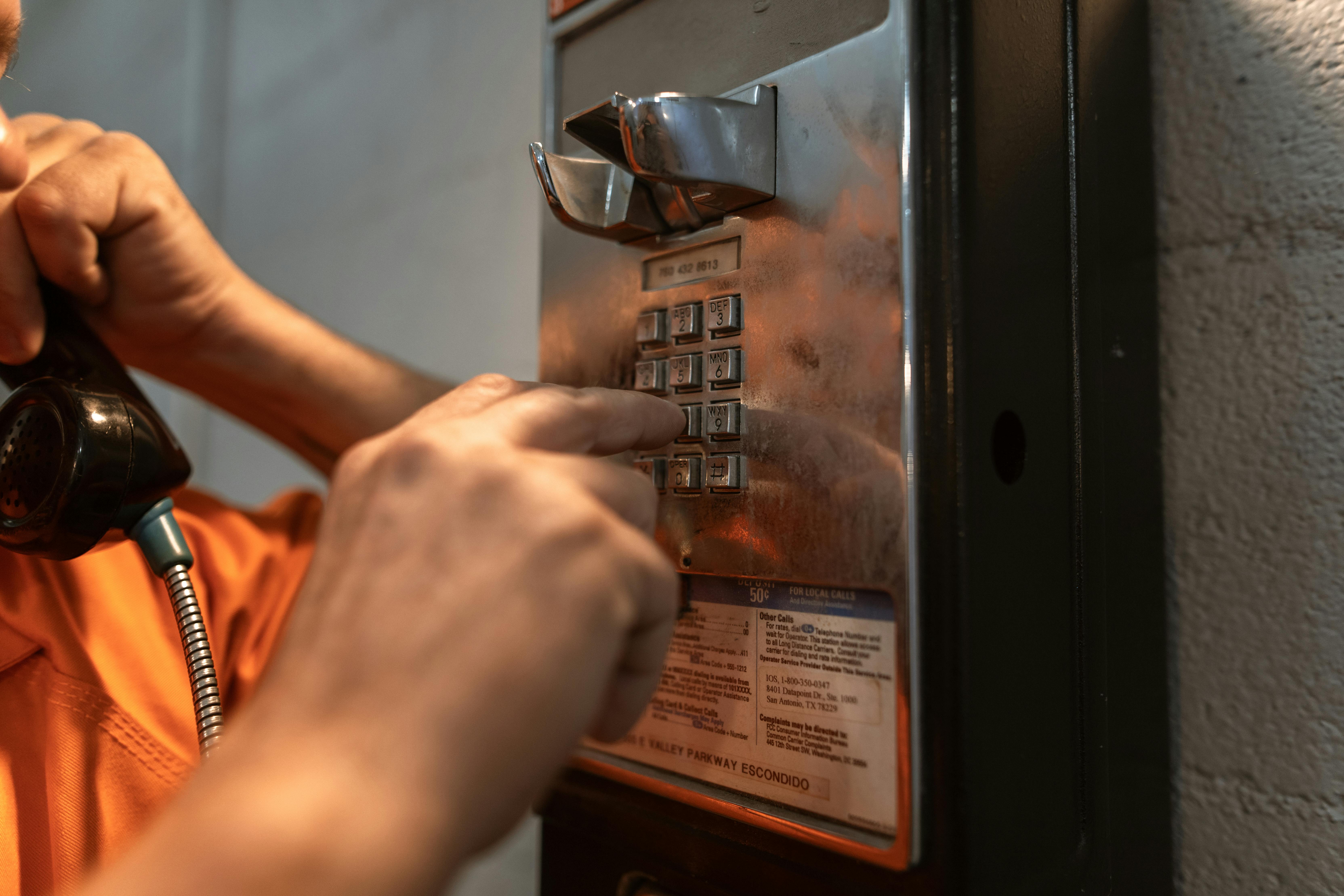The most fun thing you can do when you play the piano is pick up the piano bench, stretch out your fingers, and drift into a song you already know or a solo piece you’re familiar with. What’s not so much fun is sitting on piano benches trying to learn what all the scribbles and dots in musical notation mean, and trying to read them as fast as possible. Often the music you’re trying to learn will be thrown into a sheet music cabinet, not to look at until the motivation kicks in again. Is it so important to learn to read music? Wouldn’t it be better to focus on the aspects of the game that are fun and easy?
The answer to that is an emphatic “No.” To become a well-rounded musician, you will need to study the difficult aspects of music along with the fun parts. But by saying that, I am misrepresenting the reality of learning music. The fact is that all areas of learning music can be fun, and as you become more proficient at reading sheet music, you will find yourself enjoying the experience.
The basics of notation are quite simple. The note on the page represents a rest or note to play, and the length of time to play that note or rest. The difficulty, of course, is learning to understand these symbols well enough that it becomes second nature.
If you’ve decided to start practicing reading music, make sure you do it consistently. Don’t just learn as much as you can while you’re motivated and then forget about it until the need to learn again returns. It is better to practice reading music for ten minutes every day than to practice for a full hour every six days. You want the meanings of symbols to stick in your head the same way language does.
Notice for a moment how easy it is for you to understand everything I’m writing here. If you’ve ever tried to learn a language with a unique set of characters, you know how hard it can be to understand what those wavy lines mean. But when it comes to reading English, we don’t think in wavy lines or even individual letters, words just jump out at us seemingly without any effort from our brains.
The same thing can be done with reading music notation, and it’s called sight reading. Sight reading can only be achieved with the classic practice, practice, practice method.
Remember, when you find something in music that’s hard to learn, that’s a good thing. The more difficult it is for you to do something, the more your brain will benefit from tackling the problem head on. Some musicians focus on repeating solo pieces that they know well and can play fast, while others are always looking for what they don’t know, what they can do better. This is what separates a great musician from everyone else.




